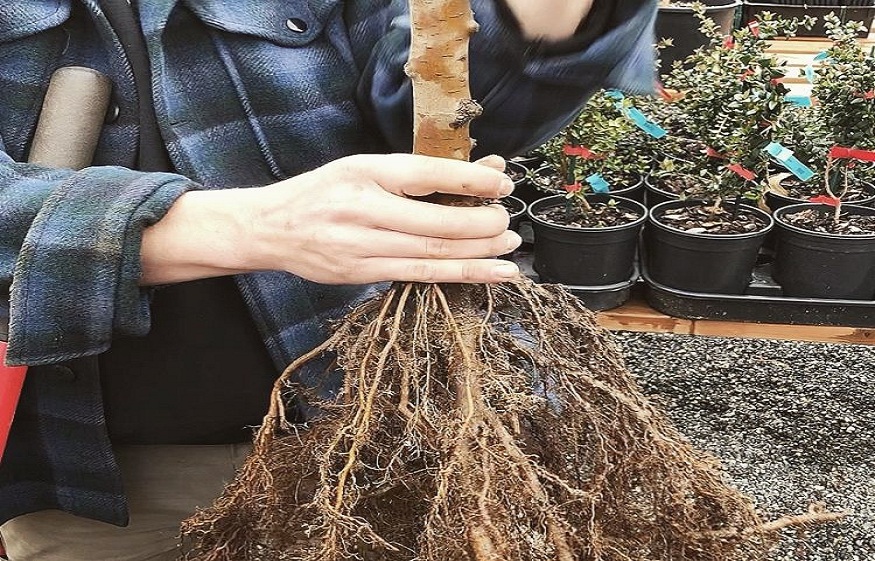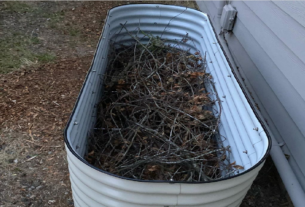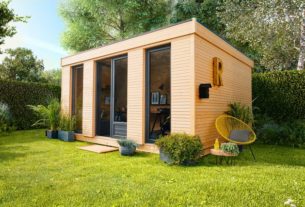You’re missing out on one of the biggest gardening deals if you don’t know about Bare Root trees.
The word “bare root” refers to a plant sold with its roots exposed instead of planted in a container with soil. It is a popular way for some plants to be sold, notably when they are being shipped over a long distance, such as ordering from a mail-order retailer.
When shopping online, you should bear in mind that what you see is not necessarily what you get. Online nurseries and plant catalogs display full-grown, mature plants. Still, the product or shipping information typically specifies whether the plants will be shipped bare root or in containers with soil. Since bare-root plants are much less costly to transport, low shipping costs usually mean that the plants are bare roots.
These plants are cultivated in traditional nurseries and then dug up when they are dormant. They’re packed and sent directly to consumers, or they’re kept in refrigerator units until they’re ready to ship.
Bareroot trees have traditionally grown for around two years before being dug up, ensuring that each one is ready to flourish once planted in new soil. Bareroot trees are only everywhere for a short period, from March to the middle of May. Bare root nursery stock is bought in advance and planted as soon as the field is free of frost.
Since bare root trees and shrubs take up less room in the nursery and are easier to manage, they can be your best choice.
Why Should You Purchase Bare Root?
-
Increased Growth
Since their roots do not have to transition from container soil to your local ground, Bareroot trees can take off quickly until replanted. These trees would have a greater root mass as well. A Bareroot tree has 200 percent more roots than a tree dug with the soil intact and wrapped in burlap, as per Cornell University. The harvesting equipment is to blame for the disparity in root density. Bareroot trees have a better chance of retaining some of their initial root structure.
-
Handling is easy.
Bareroot trees are relatively light since they are not burdened by thick soil. It allows handling and shipping the trees much more effortless. Bareroot trees are easier to transport and place. However, the planting window is smaller. One must plant Barefoot trees before the buds split dormancy. Bare-root trees should be stored in a relaxed, dry position if they can’t be planted right away.
-
Environmentally friendly
Purchase of trees and shrubs The use of bare roots is good for the environment. Bareroot trees and shrubs generate less waste because they don’t come in plastic containers, and their lighter weight lowers shipping costs. It’s a win-win situation for both the world and you!
-
Higher Costs
Potted trees are more expensive than bare root trees. The cost savings were attributed to lower freight and delivery prices and labour savings from not potting the trees yet. Bare-root trees planted in early spring may need to be potted in containers and put outdoors until they begin to leaf out. Of course, potting the plants adds to the cost.
As you could see, bare root trees are an excellent option if you are looking to buy trees online, and it is a low-cost way to get a head start on the planting season.



